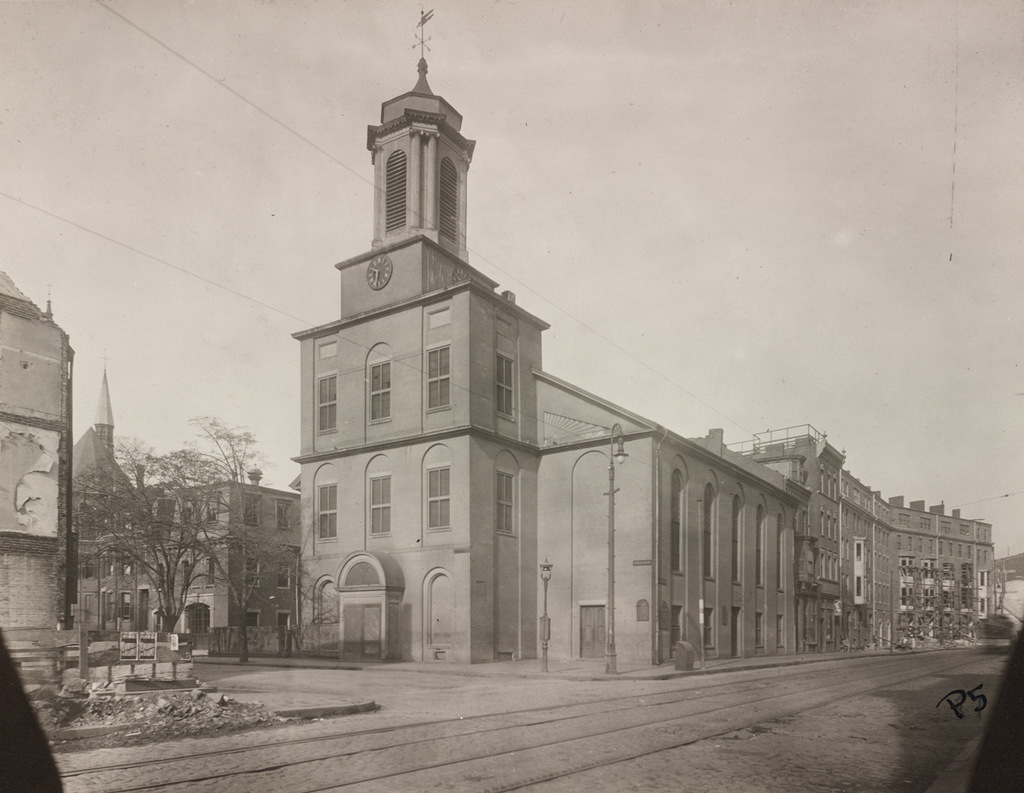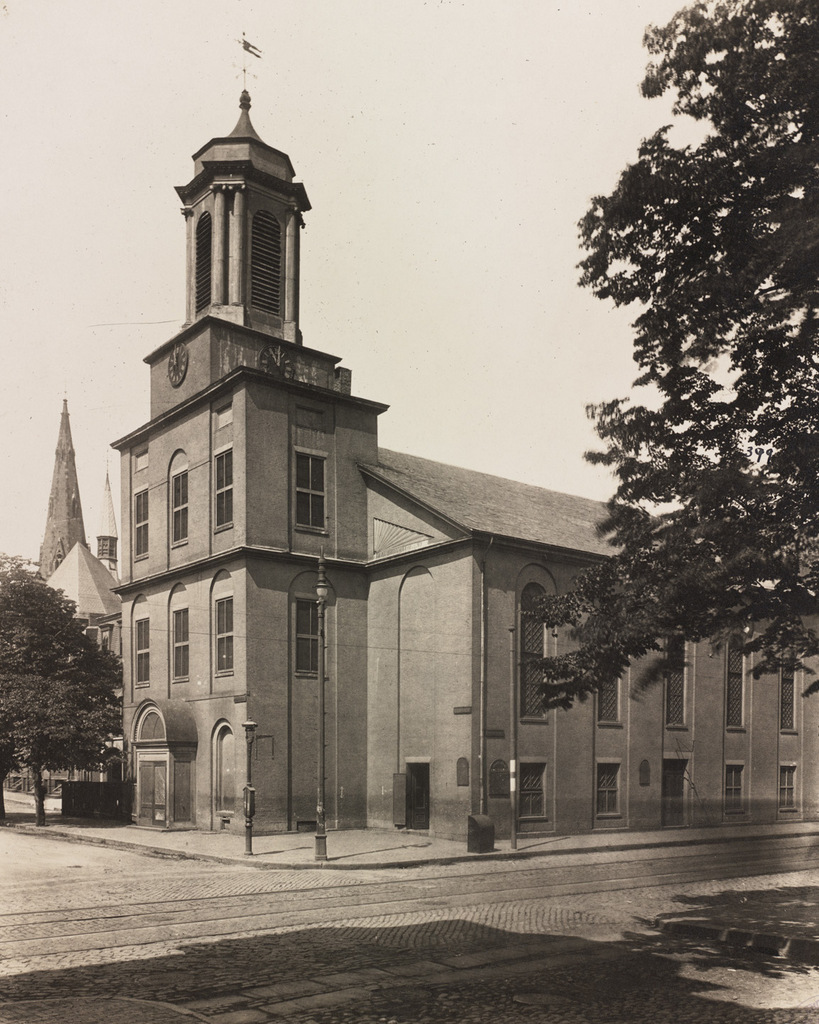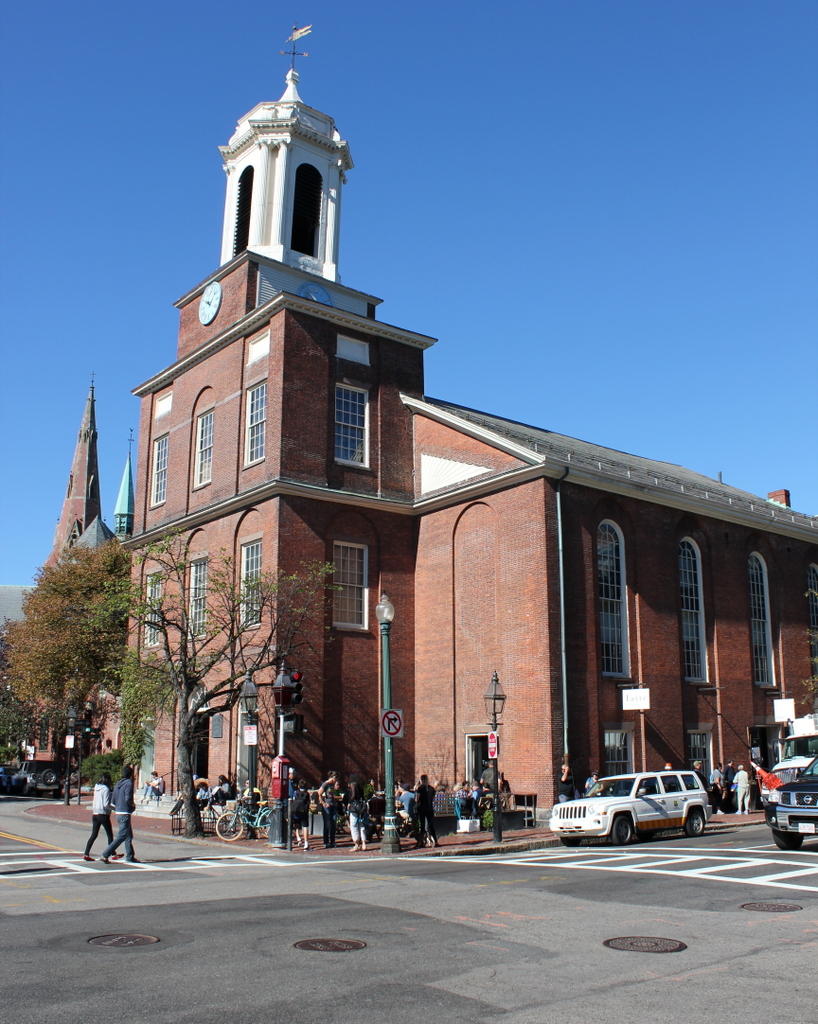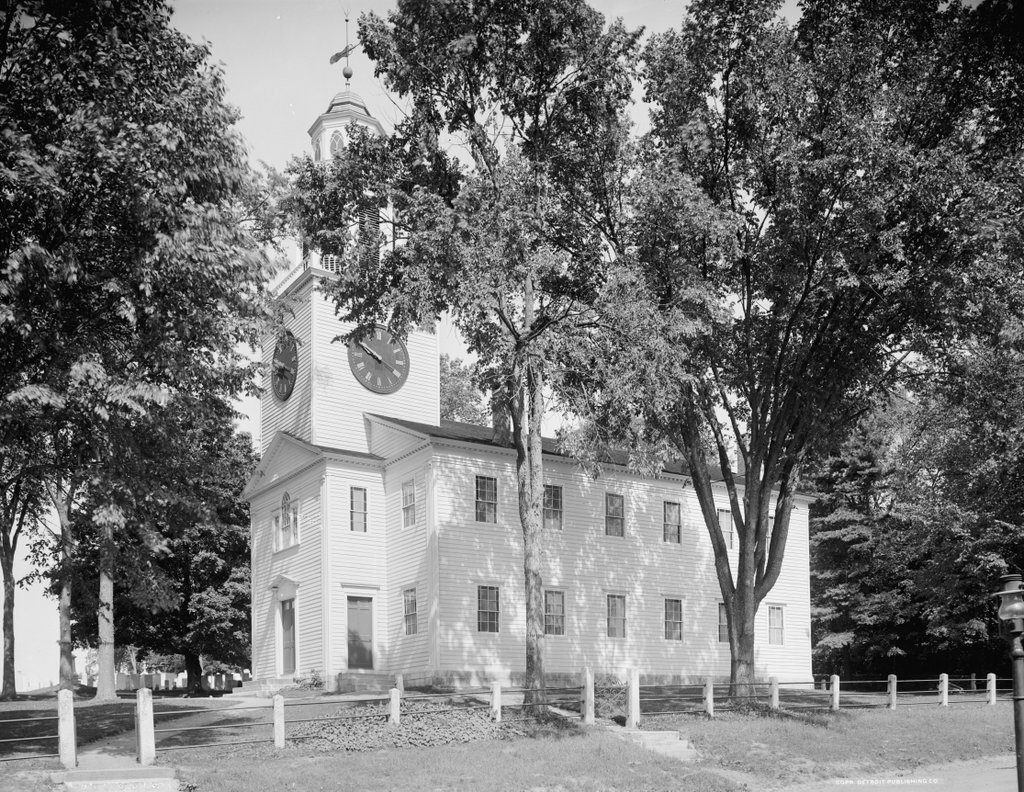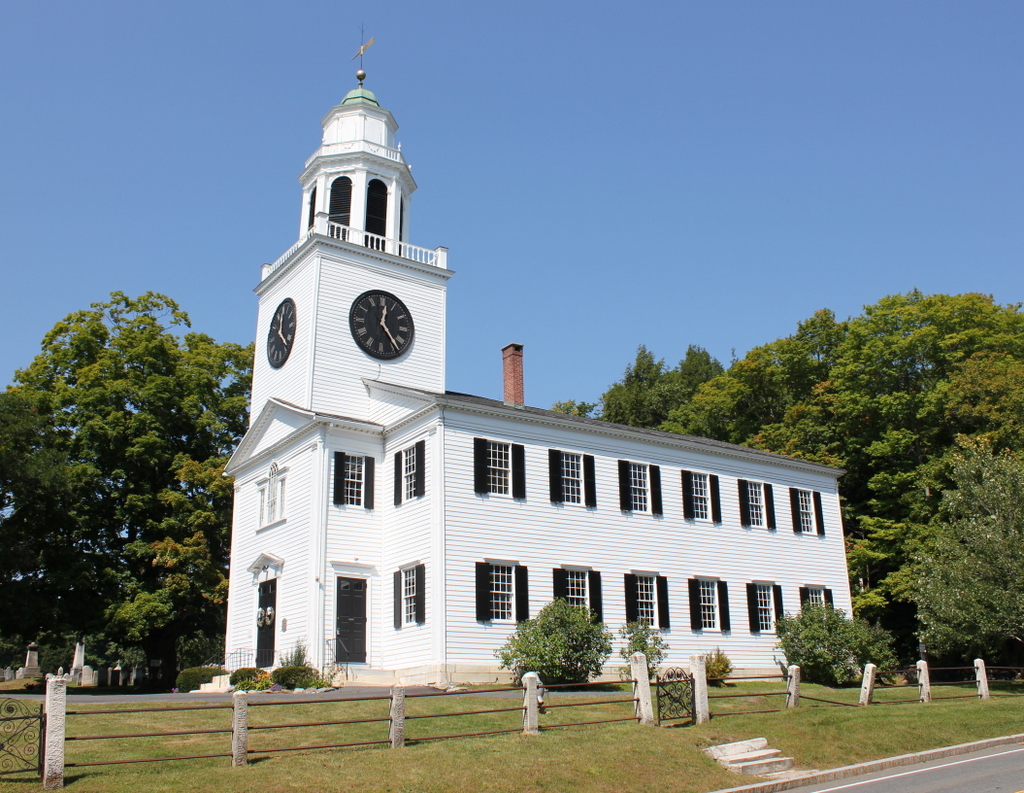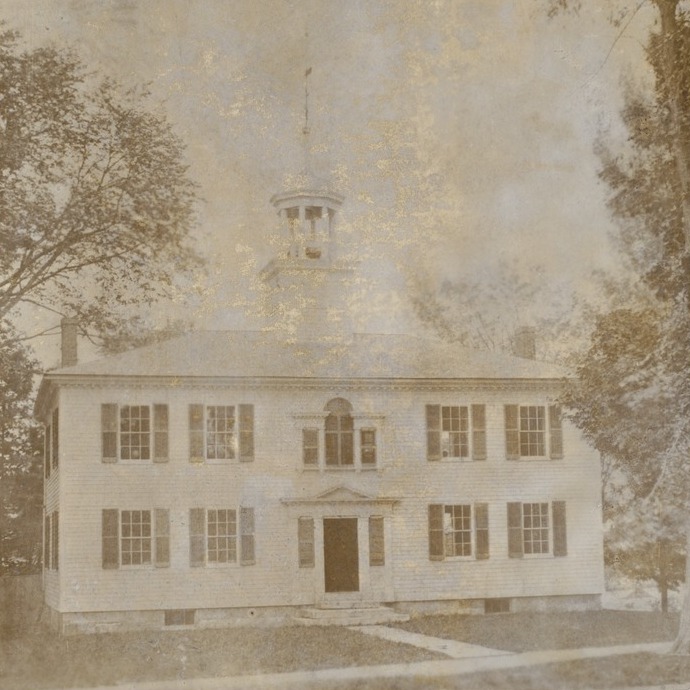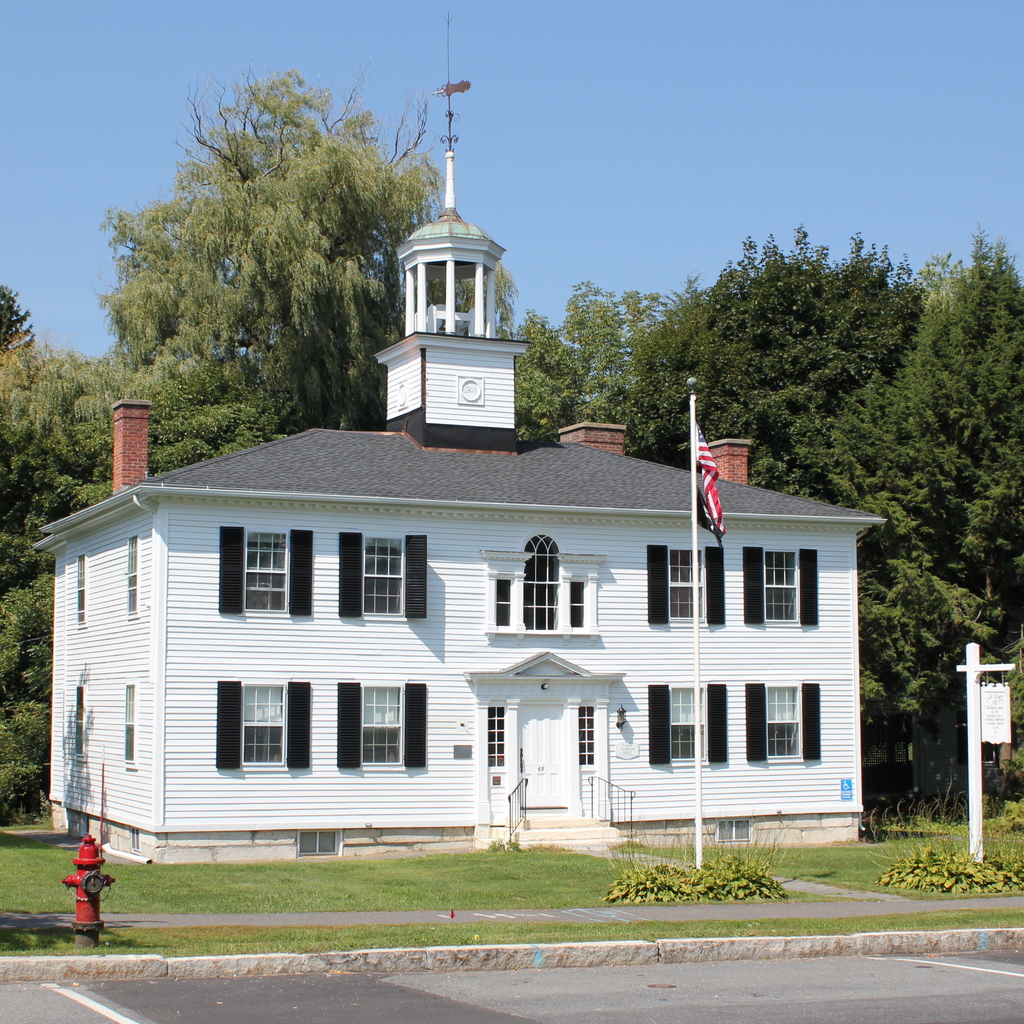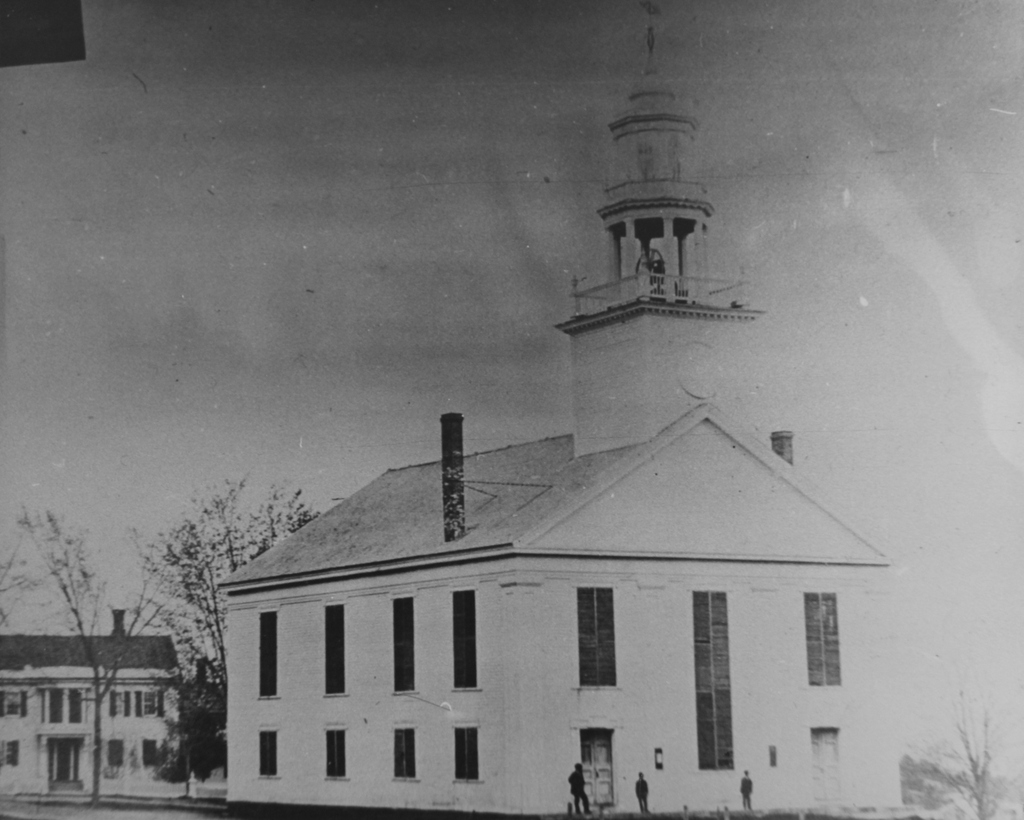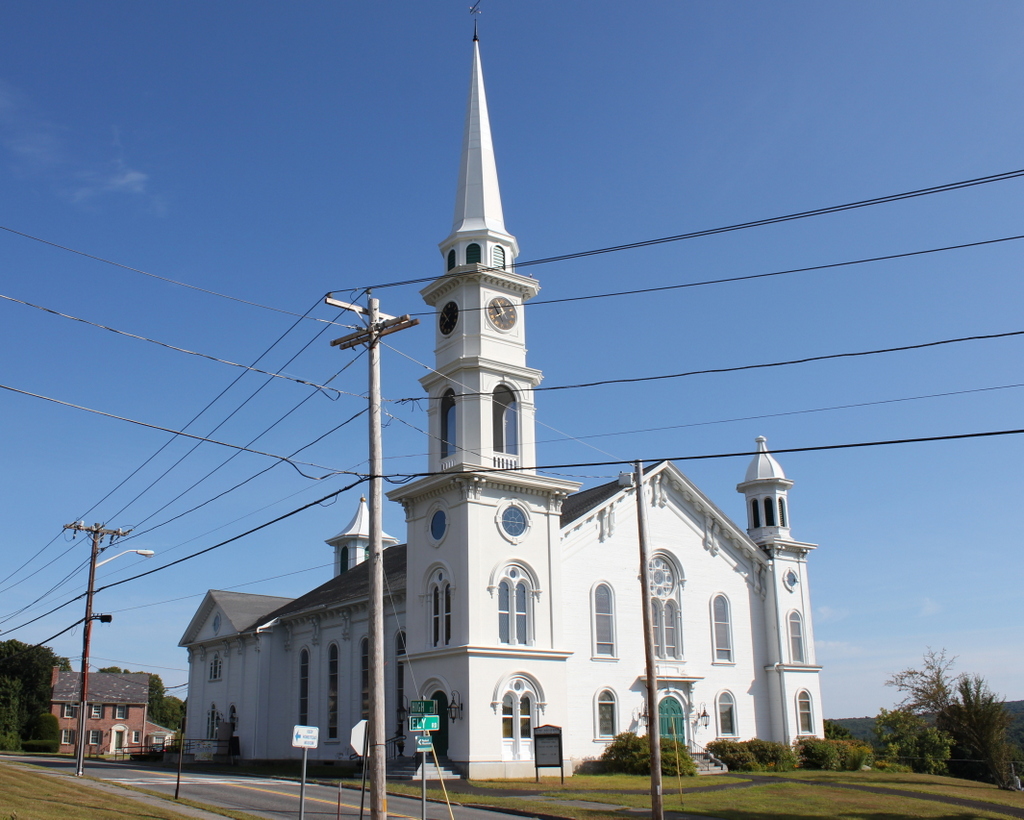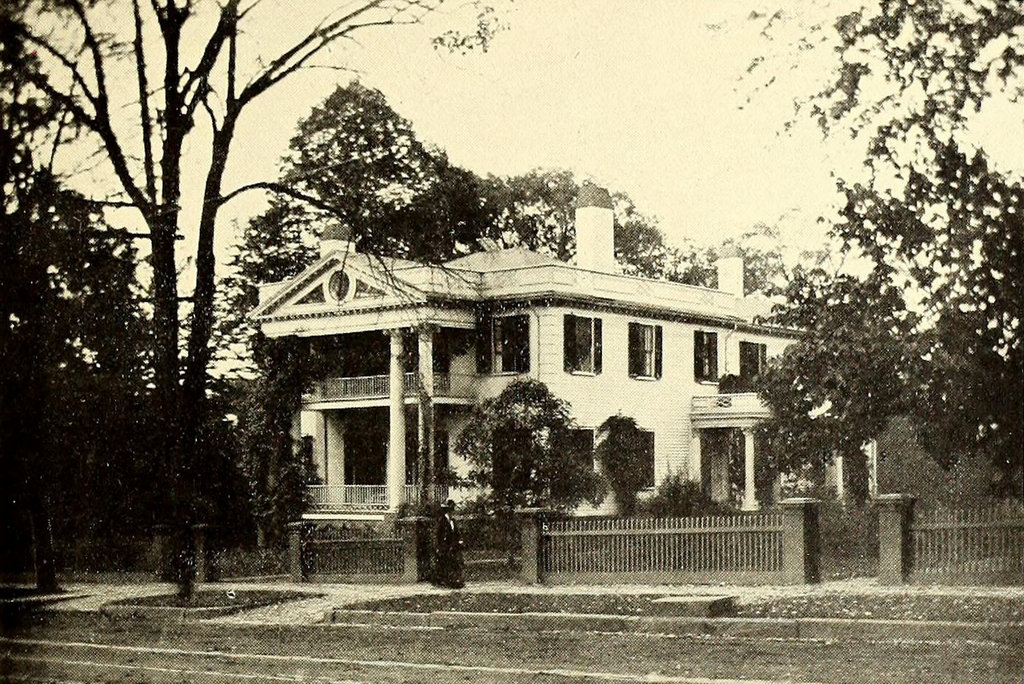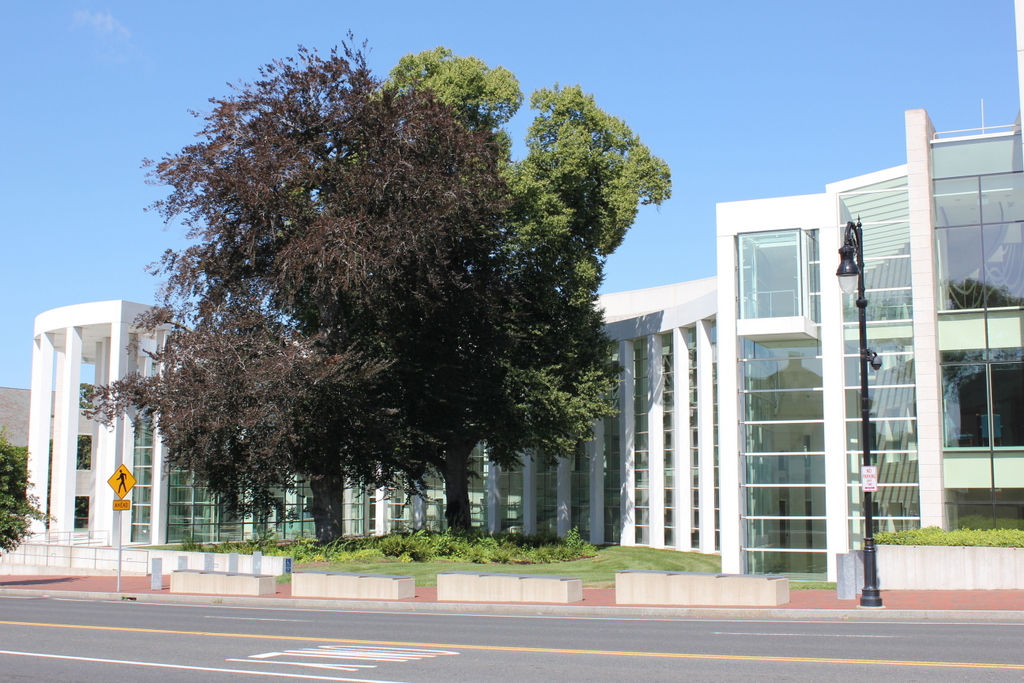Looking north on Charles Street toward the Charles Street Meeting House in Boston, around 1889. Image courtesy of the Boston Public Library.
The scene in 2015:
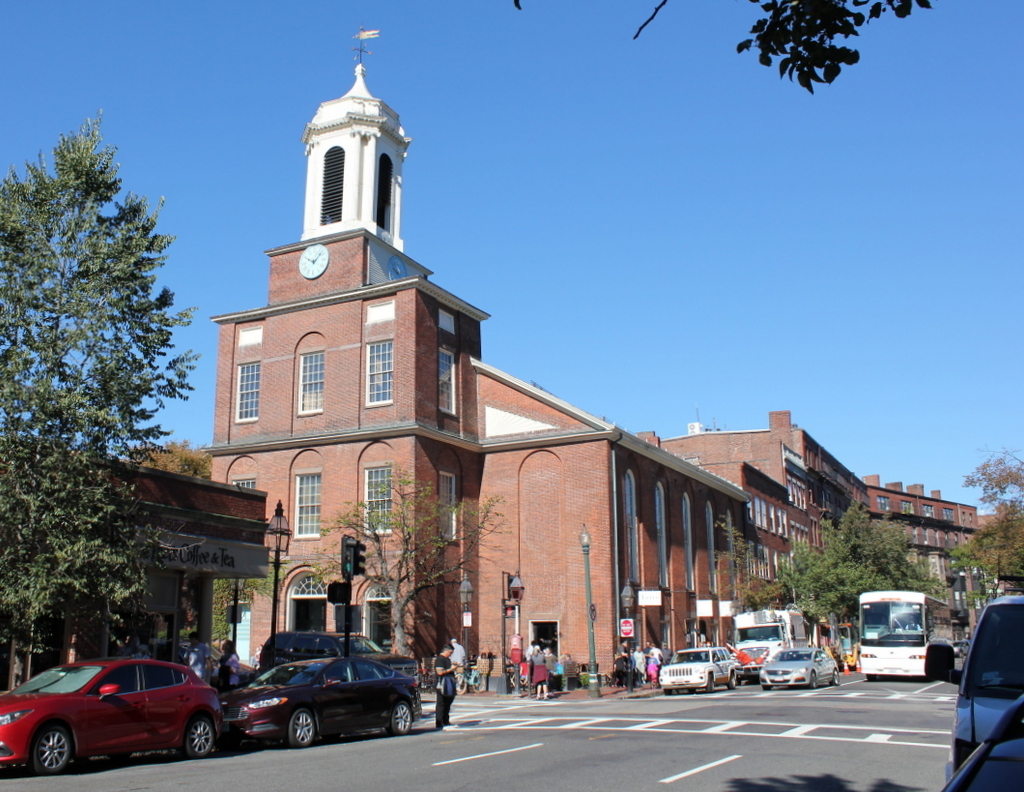
As mentioned in the previous post, this historic church was built in 1807 as the Third Baptist Church. It played a major role in the abolitionist movement in Boston, and it was later the home to the Charles Street African Methodist Episcopal Church from 1876 until 1939. It was converted into offices in the early 1980s, but from the exterior it looks essentially the same as it did over 125 years ago. It is one of the 15 landmarks that comprises the Boston African American National Historic Site on Beacon Hill. The buildings beyond it on Charles Street haven’t changed much, either. They date back to the second half of the 19th century, and like so many other buildings in the Beacon Hill neighborhood, they have been well-preserved over the years.

